How can communities adapt to climate change and manage water?
A Story From Northern Ghana…
We live in a world dotted with uncertainty: political instability ushering in conflict, economic growth fuelling inequalities, technological changes connecting but also dividing people, societies and people modifying their patterns of consumption. Moreover, our climate is changing, as we can see in the increased number of disasters – deadly droughts, hurricanes, floods- making the headlines almost every day. For some, the future is more uncertain than for others. People already living in poverty and struggling with a harsh environment in the rural, remote parts of our world, must adapt faster to preserve their livelihoods to survive. This is the case for the local communities we encountered in Northern Ghana while conducting research under WISE-UP to Climate, a 4-year multidisciplinary research project that aims at demonstrating the application of natural infrastructure as a ‘nature-based solution’ for climate change adaptation and sustainable development in the Volta and Tana River Basins.
The northern regions of Ghana are characterised by high climatic contrasts between a wet season lasting about four months, and a long dry season for the rest of the year. This varying availability of water makes it crucial for people living in this part of the world to manage water throughout the year to produce food, and have safe drinking water supplies. Managing water means investing in built infrastructures such as dams and irrigation canals that can support livelihoods: the downstream Akosombo dam in Ghana and the upstream Bagré dam in Burkina Faso provide reservoir fishing opportunities, year-round water for irrigation and for domestic consumption. But it also means investing in natural infrastructure, such as the floodplains and pond ecosystems that support fishing and crop production that participate to the communities’ livelihoods. Communities must also learn how to adapt to the impacts of climatic variability and change. A recent study by the International Water Management Institute highlights that climate change will cause increased temperatures, more variable precipitation, and more extreme events such as floods and droughts. How can communities adapt to these changes?
Our research in Northern Ghana shows that, to adapt to the impacts of climate and socio-economic changes, communities will need built infrastructure such as dams and irrigation schemes. But they will also need solutions that preserve the ecosystems on which some of their livelihoods depend. Moreover, institutions will be critical to manage infrastructures, and to guarantee equal access to the opportunities they create, ensuring no one is left behind.
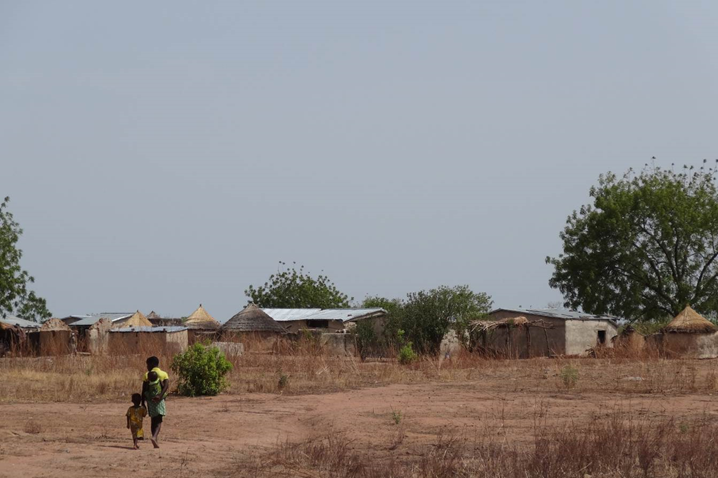
In the West Mamprusi district of Northern Ghana, thatch and corrugated iron roofs dot the landscape.Villagers are predominantly subsistence farmers. During the wet season, they grow crops on the floodplain and in the uplands; during the dry season, they fish in the nearby ponds and collect fruits and other products in the forest. The seasonal variability of rains prevents villagers from farming throughout the year, and compels them to engage in different activities during the dry season to support their livelihoods.
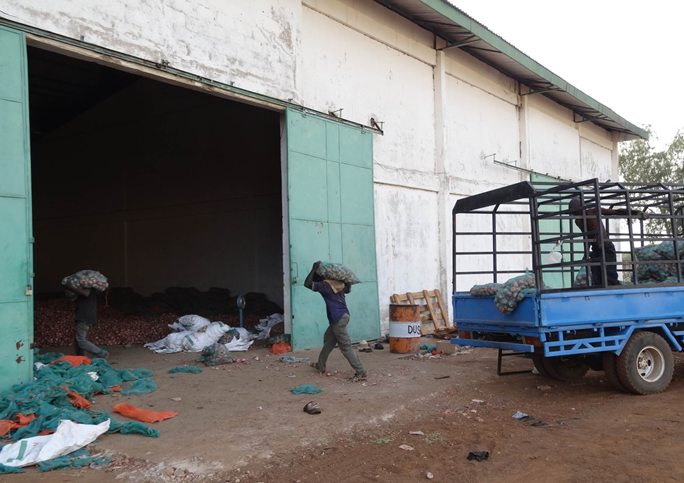
According to the villagers, farmers used to grow cotton in this region of Ghana. However, water scarcity forced them to abandon this crop, and turn to less water-intensive crops, such as onions, peppers and tomatoes. Farmers produce these vegetables in the dry season, using small irrigation systems. They are stored in improvised warehouses, and destined for the domestic market. However, the lack of irrigation infrastructure means the production remains limited and only the wealthier farmers have the cash necessary to rent water pumps for irrigation.
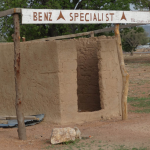
The northern regions of Ghana are predominantly rural, and have very limited infrastructure for water and energy supply, transportation, and ICT – as also noted by a World Bank working paper. This constrains economic opportunities (such as for small business like the one pictured above) as people remain reliant on subsistence activities such as small-scale farming, collection of fruit, and fishing in the ponds and hunting in the forest. A recent UNICEF report highlights that the Northern, Upper East and Upper West regions continue to have the highest poverty rates, despite some progress since 2006. As of 2013, the North was more unequal than the South; the Upper West Region has the highest inequality rates, followed by the Northern and Upper East regions. To address this development gap, the Government of Ghana has renewed its efforts to attracting infrastructure investments in the Sahelian zone. The Pwalugu Multipurpose Dam is one of the projects on the table – originally conceived to produce hydropower, it will also offer opportunities for irrigated agriculture, fishery and tourism to local communities. However, the World Bank recently voiced concerns over its impacts on critical natural habitats, as well as the resettlement of population it will cause.
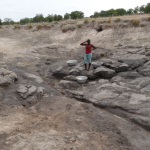
In addition to constraining economic growth, the lack of investments in infrastructure can exacerbate existing vulnerabilities and inequalities. The lack of access to clean and reliable water sources can affect people’s health and productivity. Moreover, some people will be more vulnerable than others, based on their gender, age, health or social and economic status within the community. For example, women are traditionally in charge of water collection: they spend a large part of their day walking kilometres to fetch water especially during the dry season. This reduces girls’ attendance at school, women’s engagement in the job market, and hence their economic opportunities and well-being, and those of their families.
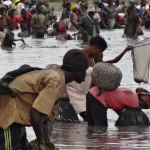
Men and women from Pwalugu village, fish in a natural pond on the floodplain (see above). The pond is inundated and replenished with fish during the wet season; it then gradually shrinks in size during the dry season, but the fish remain, providing a constant source of food to communities. Villagers rely on their surrounding natural environment for their livelihoods. This highlights the need to manage water in a way that also preserves the natural environment. New built water infrastructure needs to consider how modifying river flow and the current water system might affect the natural environment, in turn impacting the villagers’ livelihoods.
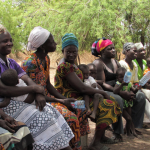
One way to understand how water infrastructure can be managed in such a way as to avoid negative impacts on the local communities is by engaging them in the planning process. Early consultations about proposed built water infrastructure with the villagers is essential not only to understand people’s needs, but also to recognise the villagers as active players in shaping their future. Gender segregated group discussions can help understand how proposed infrastructures might affect women and men differently.
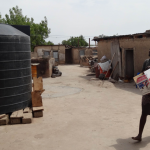
Coming up with adaptive solutions to cope with instances of water scarcity or extreme events such as floods and droughts become even more of a necessity considering the prospected climate change impacts in the Sahelian region of Ghana. Climate change must be incorporated in plans for big and small water infrastructure. In Arigu, for example, water tanks are used to harvest and store rainwater for domestic uses during the dry season. However, it is important to note that most villagers cannot afford a water tank – only the wealthier ones can; here the tank belongs to the village’s chief. Adaptation measures must be context-sensitive and consider and address barriers to access posed by social and individual factors such as wealth, gender, age.
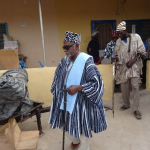
Institutions have a key role in ensuring equal access to adaptation options for all. Building infrastructure for storing and conveying water resources will help withstand the impacts of climate variability and change, and fuel much-needed economic growth and development. However, infrastructure investments need to be matched with investment in the ‘soft plumbing’ of rights, rules, and incentives. This needs to happen at multiple levels – from national to local. Policies and regulations enacted in Accra should be complemented with a well-defined and resources governance framework at the district and community levels, of which traditional rules and knowledge should form a critical part. Otherwise, under managed water resources risk undermining adaptation to climate change.
Blog Courtesy Of:
Dr Beatrice Mosello, Member of the Water Governance Core Group and Laetitia Pettinotti, Basque Centre for Climate Change (BC3)
Disclaimer:
Please note that the ideas, thoughts, information or views expressed within this blog are those of the author. and therefore do not necessarily reflect the opinion of Water Future.